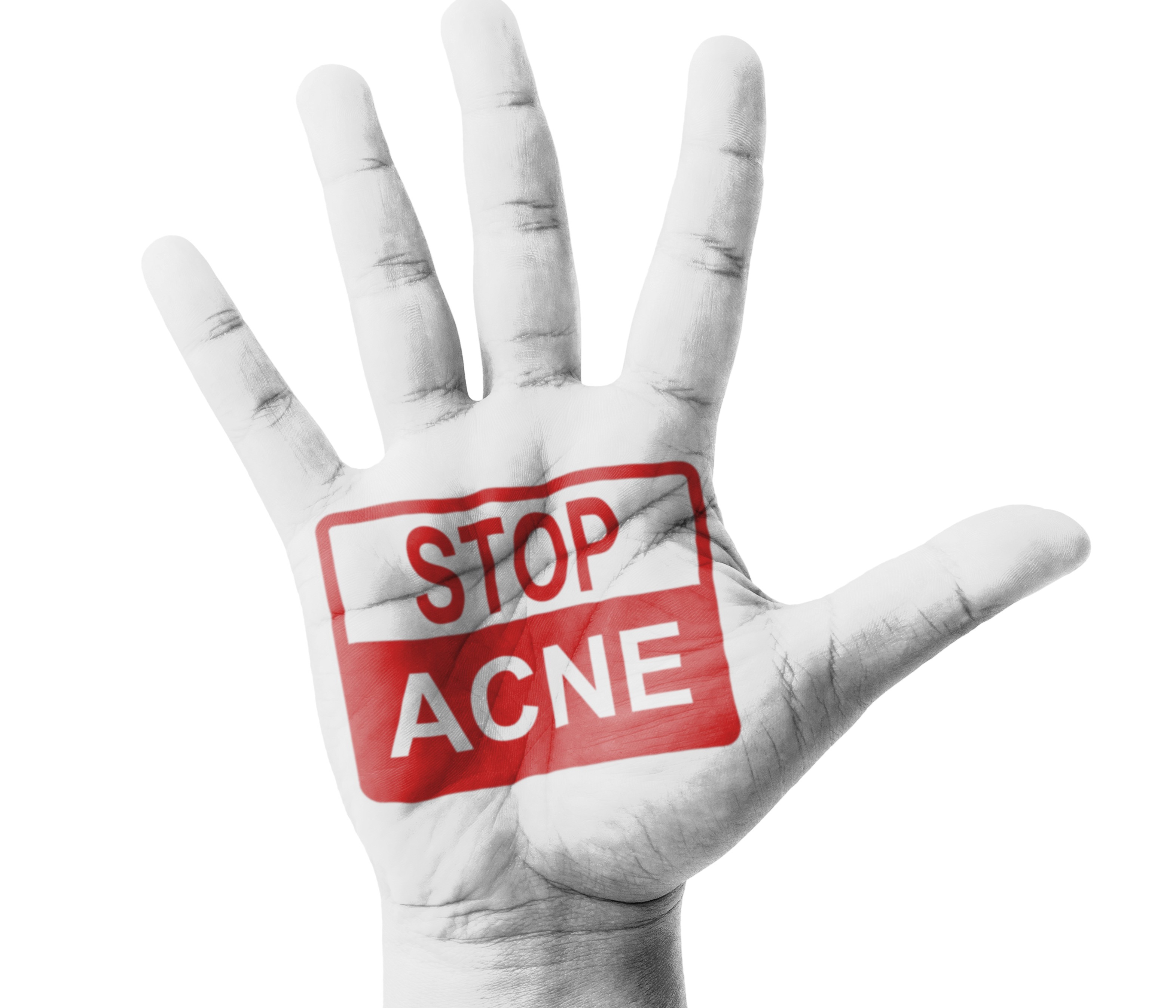Age Spot Treatment
-
Content written by Andrew Proulx, MD | Reviewed by EnhanceMyself Medical Team | Last updated 6/22/2023
- Overview
Overview
What are age spots?
Age spots are flat, brown, black, or gray spots on the skin. They vary in size and usually appear on the face, shoulders, arms and hands. Most age spots are harmless and do not require treatment, even though they look cancerous. They usually appear on adults over the age of 40, but can appear on younger people as well.
What are the causes?
Over-exposure to the sun, especially without the use of sun block is the main cause of age spots. Ultraviolet light increases the production of melanin, which is the darkening pigment in the skin. This creates darker colored spots on the skin.
Other than exposure to the sun, growing old can also cause age spots, because of the body’s naturally increased production of melanin.
Risk factors
Age spots tend to show up more commonly in people with the following risk factors.
- Older than 40 years old
- Fair skin
- History of repeated sun exposure
- History of repeated tanning bed use
Symptoms
Age spots are usually flat oval areas of the skin that have increased pigment color. They can be black, brown or gray and appear on the parts of skin that have the most sun exposure such as the tops of feet, cheekbones, shoulders, upper back, and the backs of hands.
Even though most age spots are harmless and do not need treatment, you should still consult a doctor. A doctor will be able to tell you whether they are harmless or a sign of melanoma. You should see your doctor if the spot is darkly pigmented, has an irregular border, is increasing in size, or has an unusual color.
Diagnosis
The easiest way for a doctor to diagnose age spots is with a simple visual inspection. However, if he cannot determine that the age spot is harmless on sight, he may have to perform a biopsy. During a biopsy, the doctor will take a small piece of your skin and analyze it in a microscope.
Age spot treatments
There are numerous treatments that can remove or lighten the appearance of age spots. These include medication, laser therapy, freezing, dermabrasion, and chemical peels.
Medications: There are several types of medications that can be prescribed to treat age spots. Your doctor can prescribe you a special bleaching cream that usually contains hydroquinone or a retinoid such as tretinoin to fade the age spots over several months.
Laser therapy: Laser therapies are used to destroy the darker pigments without causing harm to the surrounding skin. In many cases, multiple treatment sessions may be required.
Cryotherapy or freezing is also an option, however it can cause permanent scarring and discoloration. With this treatment, the doctor injects a freezing agent into the age spots to destroy the extra pigment. This is typically only done if you have a small group of age spots.
Microdermabrasion: This procedure removes the top layer of skin by sanding it down which eventually heals and is replaced by new skin.
Chemical peel: A chemical peel involves applying caustic agents to the skin to ablate the skin to a desired depth in order to remove the age spot and stimulate the regrowth of healthier, more youthful looking skin.
EnhanceMyself.com relies on sources such as professional medical organizations, government agencies, academic institutions, and peer-reviewed scientific journals to write it’s articles. Learn more about how we ensure our content is accurate, in-depth, and unbiased by reading our editorial guidelines.
*Medical Disclaimer: This website does not provide medical advice. Read more.





